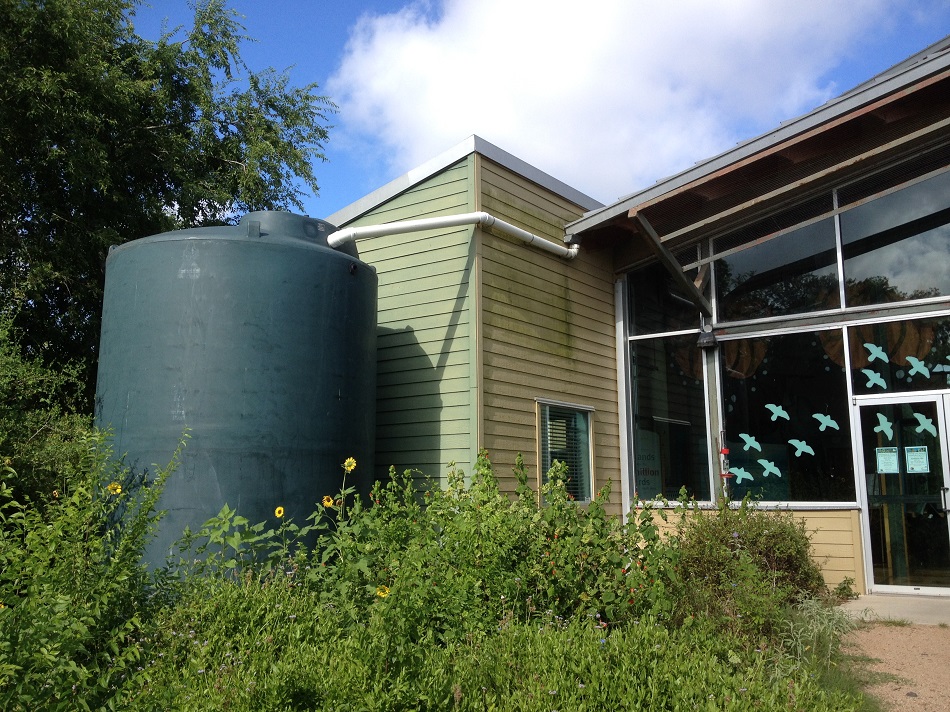Areas like Texas are certainly no stranger to droughts. However, they’re also some of the areas that impact water conservation efforts the most, as many struggle to maintain the health of their yard, garden, and landscape while also dealing with water restrictions. But there are many ways that investing in Texas rainwater tanks can help make watering during drought periods easier and more cost-effective, as well as directly aid in water conservation in your area.
Here we’ve collected some insightful facts about precisely how rainwater tanks can benefit you and your community.
Today’s Modern Rainwater Tank
Thankfully, as today’s need for water conservation methods becomes ever more prevalent, rainwater harvesting technology and equipment are becoming more sophisticated every day. Today’s modern rainwater tank looks very different from the rainwater collection methods of the past and often employs innovative accessories to make water collection and use as easy as possible. They provide options enabling you to go about watering your landscape during periods of drought and have been shown to minimize the water consumption of some users in drought-prone areas by up to 50%
Additionally, for most household chores you can use your rainwater tank but for those that also want to use it for cooking and drinking, you’ll need to add a filtration system atop your Texas rainwater tank. But it is possible, meaning during drought periods depending on how much water you’ve collected you may be able to solely rely on whatever has been stored in your tank. Since rainwater is natural, it’s better for your hair because there are no additional chemicals like chlorine or other ingredients. It’s also perfect for doing the laundry, washing cars, and showering.
Components of a Texas Rainwater Tank
There are several main things you’ll need to consider and equipment you’ll need to install for your Texas rainwater tank including:
- A Collection Area: First, you’ll need to find a good area to collect water runoff from your home or another area of your property. The roof of your house or cottage, or any other structure on your property is recommended; any location where you can set up a mesh screen to prevent the collection of leaves, branches, and other debris when it rains.
- A Water Conveyance System: The system is designed so rainwater will be drained from the roof of a structure to a collection pipe that then runs downward to a filtration reservoir to remove small debris like sand, dirt, and other sediments.
- A Rainwater Tank: After being transported and filtered through the reservoir, the water will then need to be stored in a rainwater tank for later use. Most of today’s modern rainwater tanks also come equipped with overflow ports or built-in drainage systems to let water run out of the tank when it’s full.
How Are Modern Rainwater Collection Tanks Made?
Modern rainwater collection tanks are manufactured with materials like plastic, sheet metal, fiberglass, stainless steel, and polyurethane. For those who want to collect as much water as possible, underground rainwater tanks have also become quite popular due to the space they save. However, since they need to be buried it can be a more costly investment in them upfront but since water underground won’t come into contact with sunlight, it can be stored for longer and is less susceptible to bacterial and microorganism growth.
5 Benefits of Using Texas Rainwater Tanks
- Reducing Dependence on Local Water Services: In drought-prone areas or even cities that experience average rainfall, there can still be issues with local water services and sewage systems that create outages. Investing in rainwater tanks reduces this reliance on local water systems when they fail.
- Unlimited Water Capacity: It’s up to you how many rainwater collection tanks you want to install, which gives you greater control over your water capacity. For those that require significant water to maintain farms, orchards, or gardens, it can provide unlimited water capacity.
- Environmental Preservation: Water tanks aid in water conservation and preservation efforts by eliminating the need for water filtration and other energy-intensive practices and bringing water directly to your home, helping to maintain your area’s natural beauty.
- Low Maintenance: Another great benefit of water tanks is that due to the durable materials, they’re designed to withstand the elements and the test of time. This means they require minimal maintenance, often only minor adjustments to optimize water collection from time to time.
- Flexible, Modular Design: Since water tanks are modular, they’re easy to install and just as easy to move around if needed. They’re also compact and can often be conveniently stored out of the way and out of view as well.



